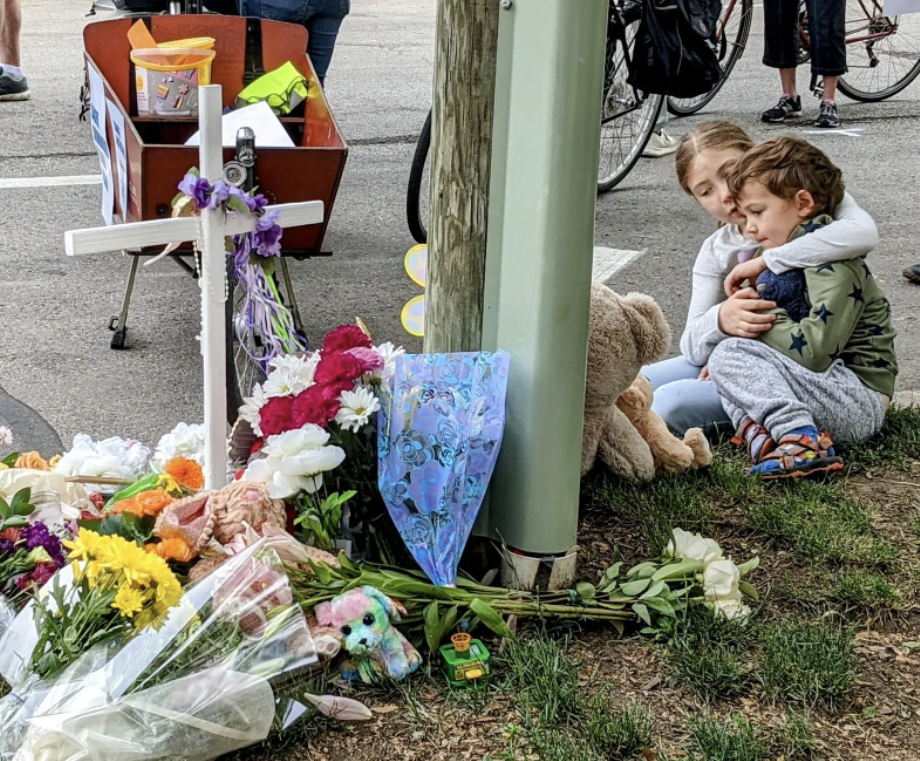Last week's City Council finance committee meeting took place right after a tragic two-week period in which speeding, distracted, or otherwise negligent drivers killed three young children in Chicago: Rafi Cardenas, 2; Lily Shambrook, 3; and Ja'Lon James, 11. During the hearing, alderpersons responded to this epidemic of traffic violence against kids by passionately testifying... for allowing drivers to speed by up to 9 mph over the speed limit without having to worry about getting ticketed by traffic enforcement cameras.
Below is some of the testimony from alderpersons at last week's committee meeting discussion of Ald. Anthony Beale's (9th) proposed ordinance to get rid of the current 6 mph threshold for speed camera tickets, which went into effect last March, as reported by the Sun-Times' Fran Spielman. The change would mean that the cameras would only issue tickets when drivers speed by 10 mph, or more. Speeding by 10 mph or less is currently a $35 ticket, while speeding by 11 mph carries a $100 fine.
“I wish my residents could write off $35 time and time again,” Beale said. “But these cameras are impacting the people who can least afford it. ... That’s just totally not right.”
“I don’t believe in speed cameras. Never did," said Ald. Susan Sadlowski Garza (10th.) "They prey on people... It doesn’t change the way people drive... We don’t have any traffic crashes around where the cameras are at. I have more traffic crashes on 130th, where there’s no cameras at all.”
Mayoral hopeful Ald. Roderick Sawyer (6th) argued that it's “really difficult to try and legislate [against] bad driving. We need to eliminate this six-to-10 mile-an-hour threshold and continue to work on traffic calming and other things that we can do to get people to slow down to make sure that we have a safe city.”
About 100 people gathered in Lawndale Friday to release balloons in memory of 11-year-old Ja’lon James, who was killed in a hit and run Thursday morning. https://t.co/CigAQ2mzkL
— Chicago Sun-Times (@Suntimes) June 18, 2022
Let's look at why these arguments are off-base, and why reversing the lower would mean more people, especially vulnerable residents, would die. Chicago, like the rest of the the nation, is currently experiencing a traffic death crisis. In 2021, drivers killed 174 people in our city, more than any other year in the past decade.
Speed cameras have proven to be a very effective tool for reducing injury and fatality crashes in Chicago. That's not surprising because, contrary to what many people assume, relatively small difference in vehicle speed make a big difference in crash survival rates. A person struck by a driver at 20 mph almost always survives. A pedestrian hit at 30 mph, Chicago's default speed limit, has a 60 percent chance of survival. But a person struck at 40 mph has a 90 percent chance of being killed.
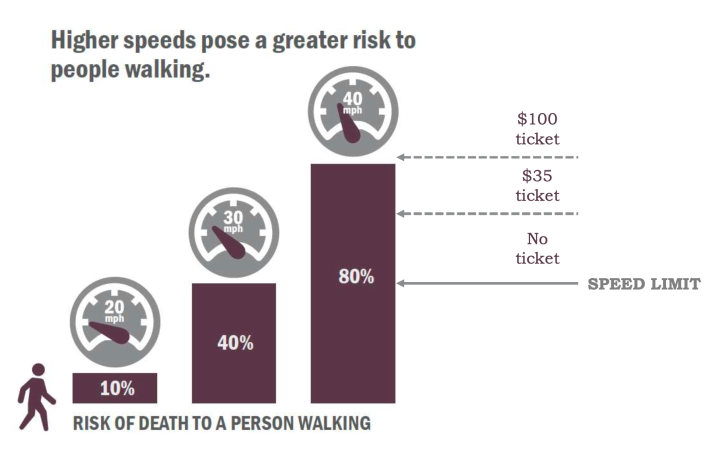
So Beale's ordinance would mean that the absolute lowest speed drivers could get camera tickets for in a 30 mph zone would be an almost certainly deadly one. But ticketing people speeding between 6 and 9 mph is currently preventing many serious injuries and deaths.
We know that Chicago's speed cameras were effective in reducing injuries and fatalities even before the threshold was lowered last year. According to a recent UIC study, from 2015-17, the cams prevented 204 injury and fatality crashes. The total of injury and fatal crashes fell by 12 percent when compared to what would have been expected without cameras.
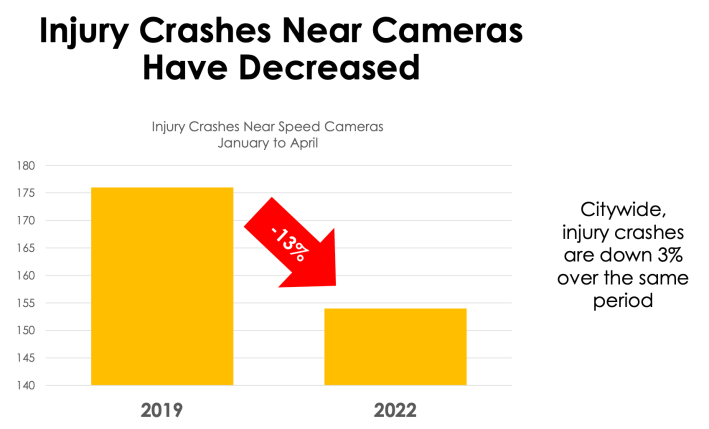
More recent data shows that the newer 6 mph rule is making the cameras even more effective. Injury crashes near speed cameras were down by 13 percent in January to April of this year, compared to the same period in 2019. Meanwhile the citywide injury rate only dropped by 3 percent during that time.
In addition, there's proof that the stricter ticketing threshold is changing driver behavior for the better. Average speeds near cameras have dropped by 1 percent since the 6 mph rule went into effect in March 2021.
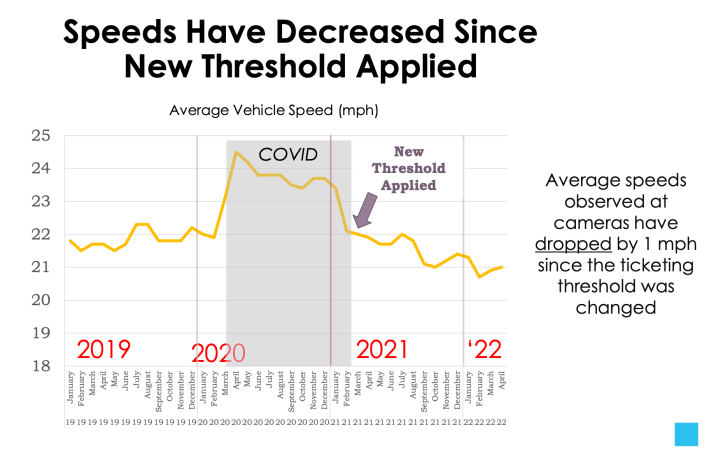
So alders Sadlowski Garza's and Sawyer's comments that the cameras don't change the way people drive simply don't align with the data.
As for Sadlowski Garza's compliant that there are no crashes where speed cameras have been installed, and lots of cameras on 130th Street, where there are no cams, that's pretty obviously faulty logic. The cameras are preventing crashes at locations where they've been installed, but they're not preventing collisions on streets where they haven't been installed.
On the other hand, Beale has a point that the tickets and late fees have been disproportionately impacting low-income Chicagoans. The UIC study found that to be true.
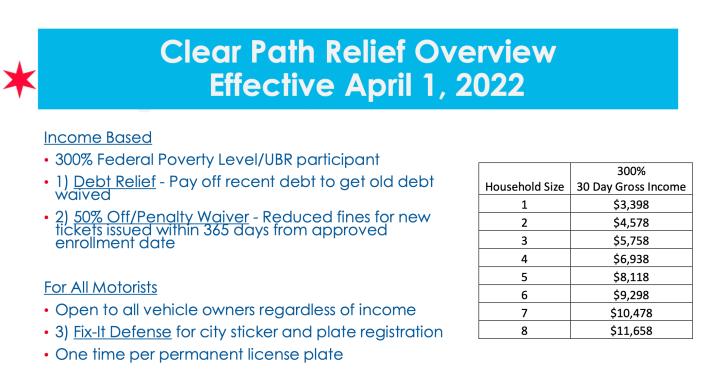
However, the city of Chicago has taken major steps to address that inequity. Under the new Clear Path program, launched this spring, low-income residents only need to pay half of traffic fines – that's only $17.50 for a ticket for speeding by 6-9 mph. The initiative also includes a ticket debt forgiveness program. That goes a long way to address the argument that the speed camera program is unfair, especially when you consider that one can choose to avoid speeding fines by simply driving within 5 mph of the speed limit.
This is why I'm voting to uphold the current law. https://t.co/4sMCaF1b19
— Ald. Michele Smith (@AldermanSmith43) June 21, 2022
So it's clear that the arguments for letting drivers speed by up to 9 mph over the limit are bogus. And if aldermen vote to do that, they'll have blood on their hands.
